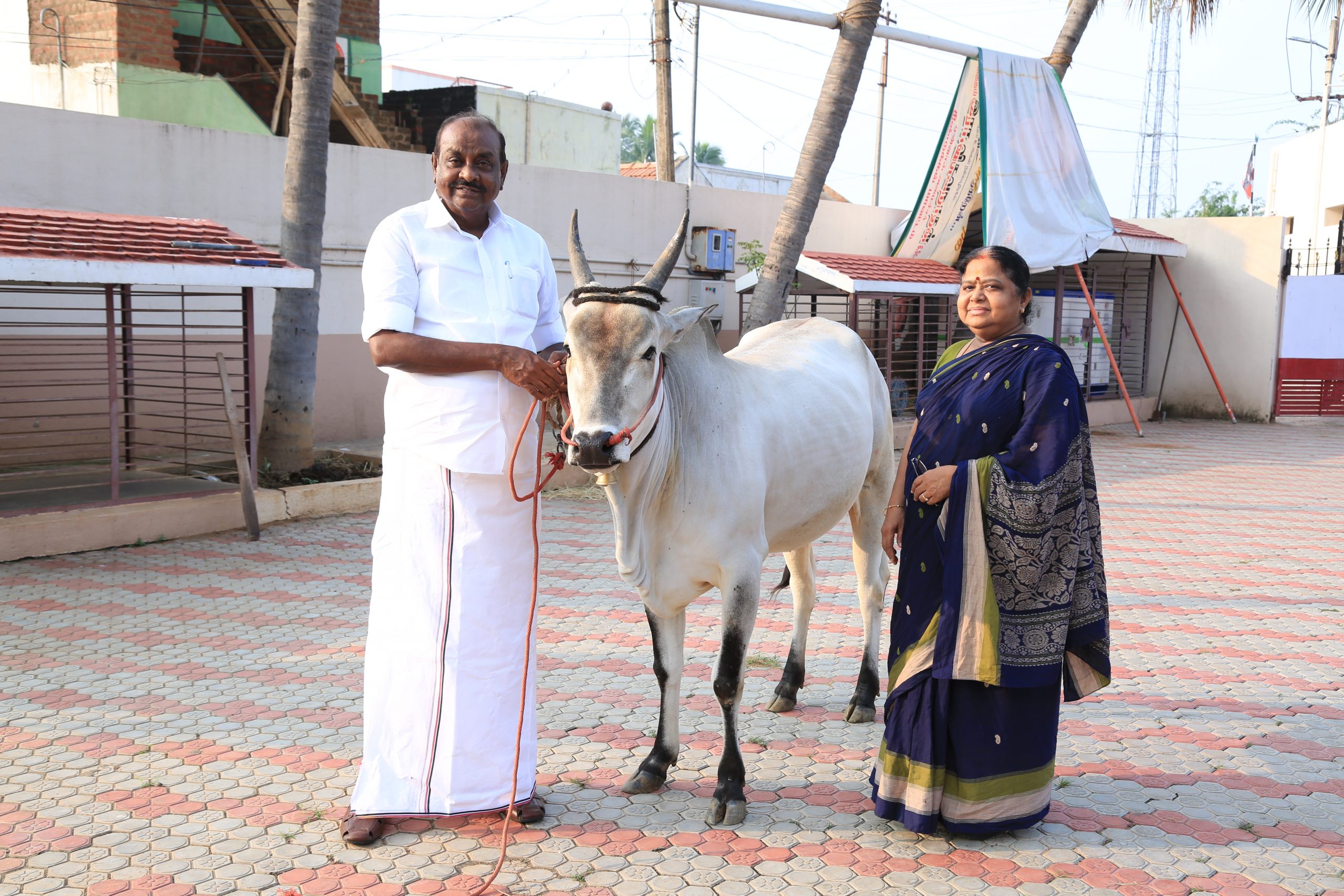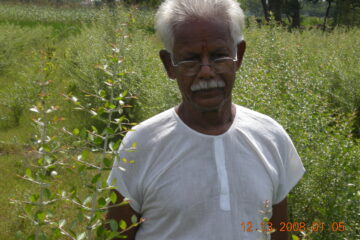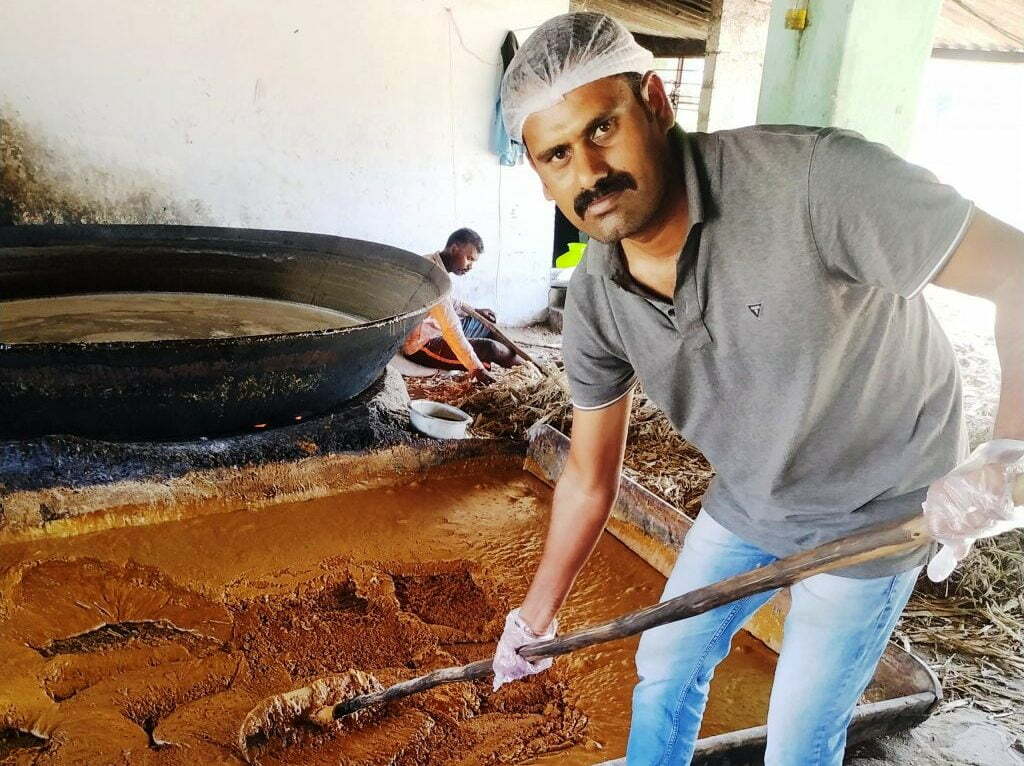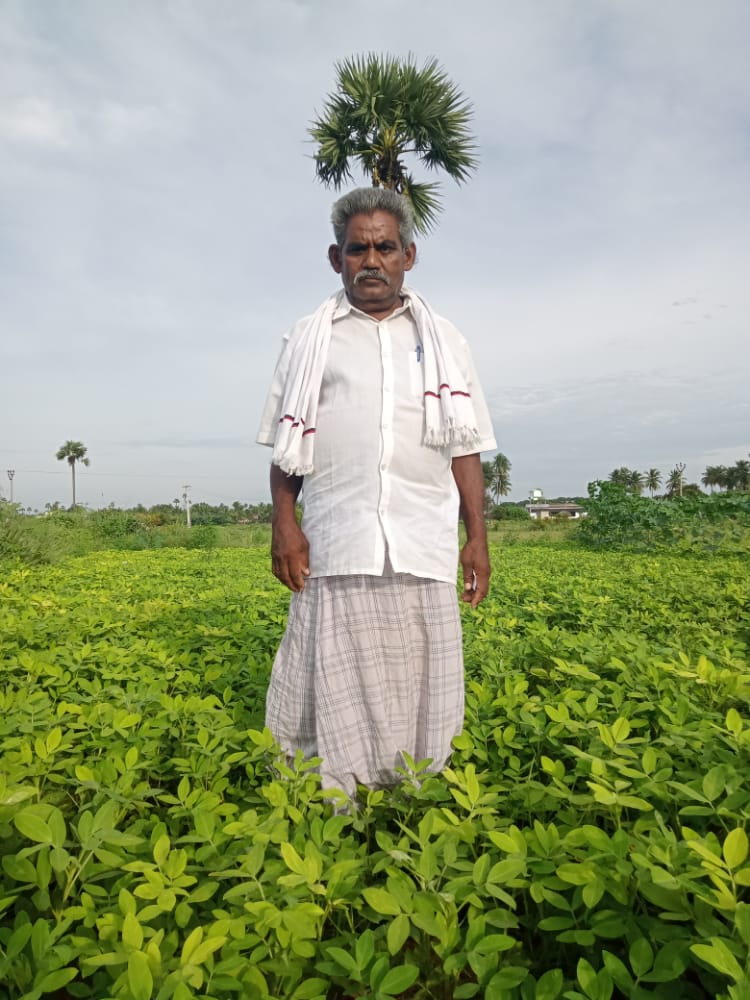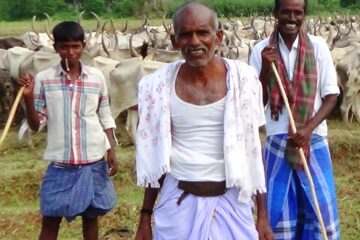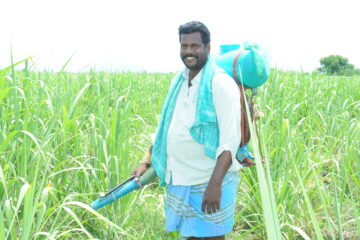Published on: April 2021
Henna, a resilient shrub that thrives in mountains, streams, and unused forest land, has shifted from a mere nail dye to a valuable crop appreciated for its cosmetic and medicinal benefits. With its growing demand, farmers now prefer cultivating henna as a profitable crop.
N. Rajagopal Ayya, a former Tamil teacher and pioneer in natural farming from T. Kallupatti in Madurai District’s Peraiyur area, grows henna as a natural fence, as a sole crop, and as an intercrop in rainfed fields. When we asked him about his henna cultivation practices, he shared valuable insights:
“There are two types of henna: thorny and thornless. The thorny variety is ideal for natural fencing, while thornless henna can be cultivated as a sole or intercrop. For fencing, plant a row of henna shrubs about one foot apart with a one-foot gap between rows, which is my practice.
“Our land is rainfed, and I cultivate neem, Indian beech, and binnarani trees here. I plant henna shrubs four to five feet apart between these trees. If planting as a sole crop, I keep a distance of three feet between rows and one foot between each shrub.
“Henna can be propagated either from seeds or cuttings. Seeds germinate slowly, so I mix them with sand and keep them moist for a week, which triggers germination. I cover them lightly with soil and organic fertilizer. This method encourages strong seedling growth, resulting in long-rooted plants.
“Alternatively, henna can be grown from cuttings. I cut henna twigs to a half-foot length and plant them in plastic bags filled with soil, ensuring the cuttings are buried halfway. Water the soil regularly to keep it moist, and within three months, the cuttings will be ready for transplanting.
“Henna is well-suited to dry, barren lands and requires no irrigation. Once the soil is well-prepared, planting during the monsoon is sufficient as the ground retains moisture for up to three months, enabling good root establishment. Occasional rain is all that’s needed after that, allowing henna to grow strong each year. Animals do not graze on henna, nor does it attract pests, so no protective measures or expenses are necessary.
“With water scarcity, high labor costs, and declining farm workers, many fields lie fallow, overtaken by thorny prosopis trees. Henna could be planted in such areas. Trees can be grown with henna intercropped among them, preserving fertile land. Henna can be harvested every three months, providing regular income. After a few years, the trees would yield additional income.
“In three months after planting, henna is ready for its first harvest. It can be re-harvested every three months. The leaves are valuable, so once harvested, dried leaves can be packed for sale.
“Currently, one kilogram of dried henna leaves fetches 45 rupees. A quarter-acre fence of henna can yield up to 200 kilograms of leaves every three months, and with more intensive cultivation, this income could increase with minimal additional costs.
“Another similar crop is ‘aadathodai’ (Justicia adhatoda), a profitable herb that animals don’t graze on and that resists pests and diseases. It serves as an effective treatment for coughs and fatigue, creating a strong market demand. It can be grown as a sole or intercrop in dry fields. Presently, one kilogram of its leaves is priced at 35 rupees.
“With increased awareness of herbal medicines, the demand and market for these plants are high. By cultivating drought-resistant and beneficial herbs like henna and aadathodai, we can prevent our fertile fields from turning into barren wasteland,” he concluded.
Pasumai






